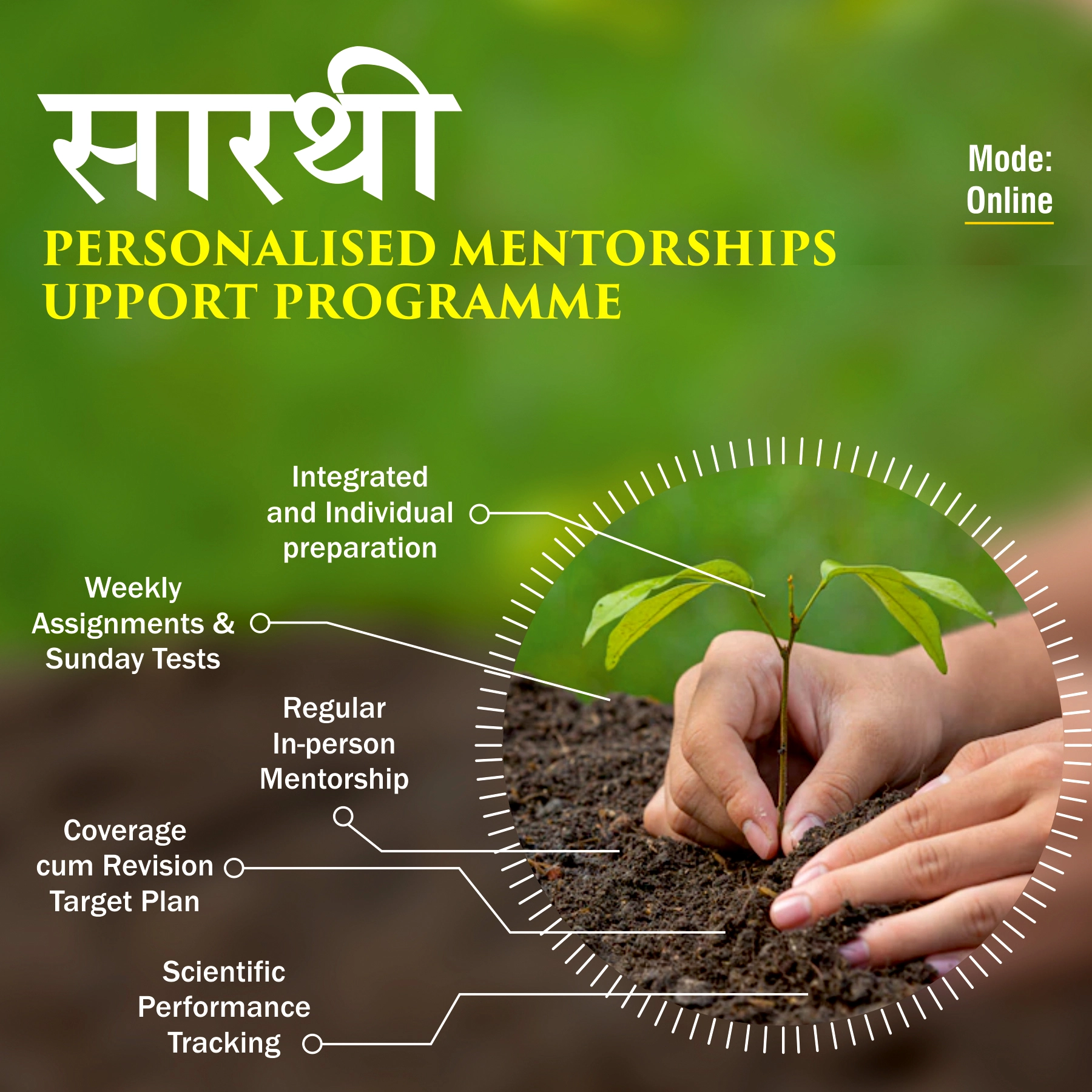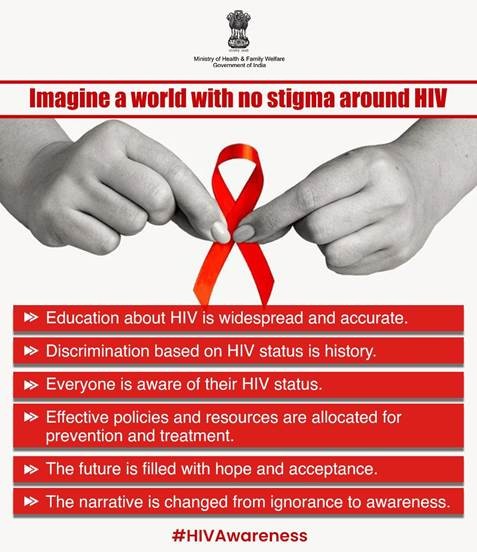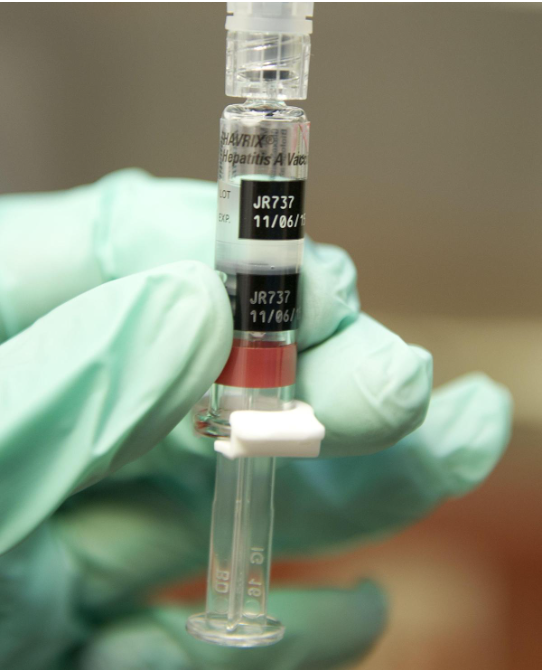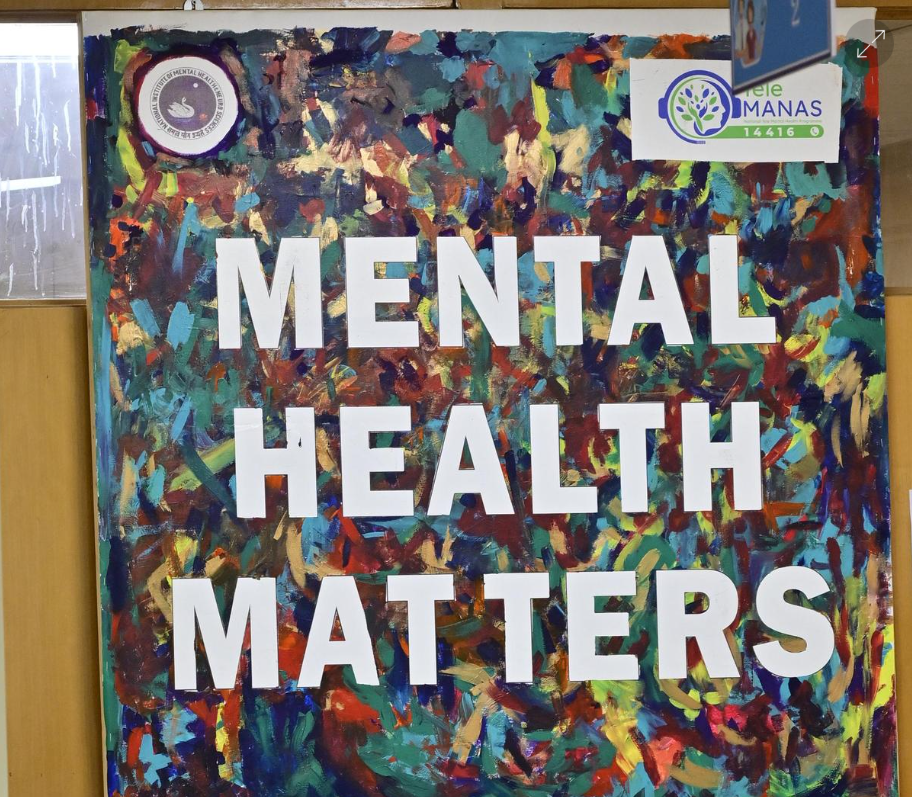Description

Disclaimer: Copyright infringement not intended.
Context: National Health Authority announces extension of its Digital Health Incentives Scheme till December 31, 2023.
Digital Health Incentives Scheme
- The DHIS was launched with effect from January 1, 2023, as part of the Ayushman Bharat Digital Mission.
- Under the DHIS, the eligible health facilities and digital solutions companies shall be able to earn financial incentives of up to ₹4 crores based on the number of digital health records created and linked to ABHA (Ayushman Bharat Health Account) numbers of the patients.
- Incentives are provided to hospitals and diagnostic labs and the providers of digital health solutions such as Hospital/ Health Management Information Systems and Laboratory Management Information Systems for adopting and enabling transformative digitisation under Ayushman Bharat Digital Mission.
Who are eligible: This incentive can be availed by
- The health facilities (hospitals, diagnostic labs) and
- Digital Solution Companies
- They should be registered with ABDM’s Health Facility Registry (HFR)
Registrations and beneficiaries
- As of date, 1,205 health facilities have registered under this scheme with 567 public and 638 private hospitals/ clinics/ diagnostic labs. Further, out of the 25 digital solution companies registered, 22 are from the private sector.
- Till June 2023, close to 120 health facilities and seven health tech companies have received incentives totalling ₹4.84 crore.
- The incentive recipients include government hospitals like AIIMS Delhi, AIIMS Raipur, AIIMS Bhopal, Lok Bandhu Rajnarayan Combined Hospital, Lucknow, KC General Hospital, Bengaluru and private hospitals like KGMU, Lucknow, KIMS Hubbali, Bengaluru among others.

Ayushman Bharat Digital Mission (ABDM)
- The Ayushman Bharat Digital Mission (ABDM) aims to develop the backbone necessary to support the integrated digital health infrastructure of the country.
- It will bridge the existing gap among different stakeholders of the Healthcare ecosystem through digital highways.
Ayushman Bharat Digital Mission -Components
ABHA Number
- The ABHA(Ayushman Bharat Health Account) Number will be used to uniquely identify persons, authenticate them, and thread their health records (only with the informed consent of the patient) across multiple systems and stakeholders.
Healthcare Professionals Registry (HPR)
- It is a comprehensive repository of all healthcare professionals involved in the delivery of healthcare services across both modern and traditional systems of medicine.
- Enrolling in the Healthcare Professionals Registry will enable them to get connected to India’s digital health ecosystem.
ABHA Mobile App (PHR)
- A PHR is an electronic record of health-related information on an individual that conforms to nationally recognized interoperability standards and that can be drawn from multiple sources while being managed, shared, and controlled by the individual.
- The most salient feature of the PHR, and the one that distinguishes it from the EMR and EHR, is that the information it contains is under the control of the individual.
Health Facility Registry (HFR)
- It is a comprehensive repository of health facilities of the nation across different systems of medicine.
- It includes both public and private health facilities including hospitals, clinics, diagnostic laboratories and imaging centres, pharmacies, etc.
Unified Health Interface (UHI)
- UHI is envisioned as an open protocol for various digital health services.
- UHI Network will be an open network of End User Applications (EUAs) and participating Health Service Provider (HSP) applications.
- UHI will enable a wide variety of digital health services between patients and health service providers (HSPs).
National Health Authority (NHA)
- It is an attached office of the Ministry of Health and Family Welfare with full functional autonomy.
- The NHA is governed by a Governing Board chaired by the Union Minister for Health and Family Welfare.
- It is headed by a Chief Executive Officer (CEO), an officer of the rank of Secretary to the Government of India, who manages its affairs.
- The CEO is the Ex-Office Member Secretary of the Governing Board.
Functions
- National Health Authority (NHA) is the apex body responsible for implementing India’s flagship public health insurance/assurance scheme called “Ayushman Bharat Pradhan Mantri Jan Arogya Yojana.”
- It has been entrusted with the role of designing strategy, building technological infrastructure and implementation of “Ayushman Bharat Digital Mission” to create a National Digital Health Ecosystem.
- NHA is leading the implementation of the Ayushman Bharat Digital Mission (ABDM) in coordination with different ministries/departments of the Government of India, State Governments, and private sector/civil society organizations.
Ayushman Bharat Mission
- Ayushman Bharat, a flagship scheme of the Government of India, was launched as recommended by the National Health Policy 2017, to achieve the vision of Universal Health Coverage (UHC).
- This initiative has been designed to meet Sustainable Development Goals (SDGs) and its underlying commitment, which is to "leave no one behind."
Ayushman Bharat adopts a continuum of care approach, comprising two inter-related components, which are -
- Health and Wellness Centres (HWCs)
- Pradhan Mantri Jan Arogya Yojana (PM-JAY)
- Health and Wellness Centers (HWCs)
-
- In February 2018, the Government of India announced the creation of 1,50,000 Health and Wellness Centres (HWCs) by transforming the existing Sub Centres and Primary Health Centres.
- These centres are to deliver Comprehensive Primary Health Care (CPHC) bringing healthcare closer to the homes of people.
- They cover both, maternal and child health services and non-communicable diseases, including free essential drugs and diagnostic services.
- Pradhan Mantri Jan Arogya Yojana (PM-JAY)
-
- This scheme was launched on 23rd September 2018 in Ranchi, Jharkhand by the Hon’ble Prime Minister of India, Shri Narendra Modi.
- Ayushman Bharat PM-JAY is the largest health assurance scheme in the world which aims at providing a health cover of Rs. 5 lakhs per family per year for secondary and tertiary care hospitalization to over 12 crores of poor and vulnerable families (approximately 55 crore beneficiaries) that form the bottom 40% of the Indian population.
- The households included are based on the deprivation and occupational criteria of the Socio-Economic Caste Census 2011 (SECC 2011) for rural and urban areas respectively.
- PM-JAY was earlier known as the National Health Protection Scheme (NHPS) before being rechristened.
- It subsumed the then-existing Rashtriya Swasthya Bima Yojana (RSBY) which had been launched in 2008.
- The coverage mentioned under PM-JAY, therefore, also includes families that were covered in RSBY but are not present in the SECC 2011 database.
- PM-JAY is fully funded by the Government and the cost of implementation is shared between the Central and State Governments
Key Features of PM-JAY
- PM-JAY is the world’s largest health insurance/ assurance scheme fully financed by the government.
- It provides a cover of 5 lakhs per family per year for secondary and tertiary care hospitalization across public and private empanelled hospitals in India.
- Over 12 crore poor and vulnerable entitled families (approximately 55 crore beneficiaries) are eligible for these benefits.
- PM-JAY provides cashless access to health care services for the beneficiary at the point of service, that is, the hospital.
- PM-JAY envisions to help mitigate catastrophic expenditure on medical treatment which pushes nearly 6 crore Indians into poverty each year.
- It covers up to 3 days of pre-hospitalization and 15 days of post-hospitalization expenses such as diagnostics and medicines.
- There is no restriction on family size, age or gender.
- All pre–existing conditions are covered from day one.
- Public hospitals are reimbursed for healthcare services at par with private hospitals.

Conclusion
- The DHIS advantages offered to the DSCs will contribute to cost reduction or will be transmitted further to the relevant healthcare facilities to pay their digitisation costs, etc.
|
PRACTICE QUESTION
Q. Consider the following statements about Digital Health Incentives Scheme:
- The DHIS was launched as part of the Ayushman Bharat Digital Mission.
- Under the DHIS, the eligible health facilities and digital solutions companies shall be able to earn financial incentives of up to ₹4 crore based on the number of digital health records created and linked to ABHA (Ayushman Bharat Health Account) numbers of the patients.
- Scheme will contribute to cost reduction.
How many of the above statements are correct?
- 1 and 2 only
- 3 and 1 only
- 2 and 3 only
- All are correct
Ans: D
|
https://www.thehindu.com/news/national/national-health-authority-announces-extension-of-its-digital-health-incentives-scheme-till-december-31-2023/article67158890.ece











